Order: Passeriformes. Family: Turdidae
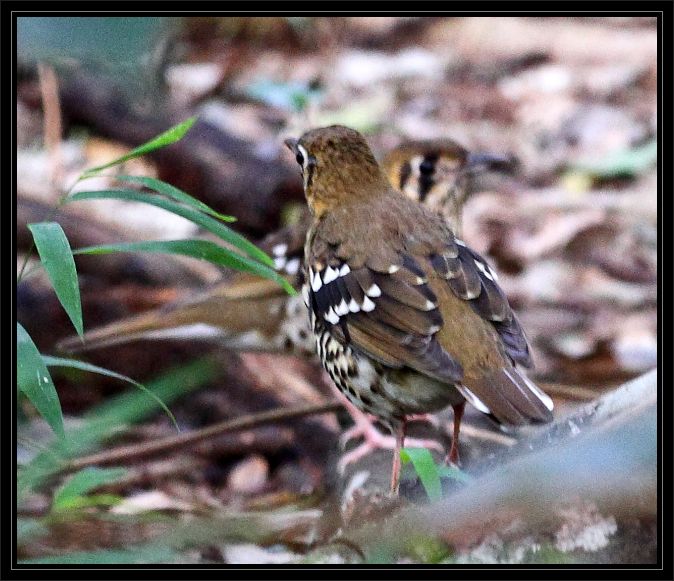
Description
19-23 cm.
Adult: Upper parts, incl forehead, crown and scapulars, rusty olive-brown. Moustachial area, lores and patch on ear coverts white. Malar stripe black; also near-vertical black line through eyes and another at rear margin of ear coverts. Tail olive-brown, outer pairs of rectrices with white patches, mainly on inner web, extending ca 25 mm from tip. Upper wings mostly brown. Tips of median and secondary upper wing coverts with white, drop-shaped spots forming two parallel bars on folded wing. Lesser coverts olive-brown, tips with buff spots. Underparts white, breast and flanks often tinged buff, with large, bold, black drop-shaped or fan-shaped spots, varying in density. Bill black to grey-black; base of lower mandible whitish, pale yellow or pinkish. Eyes dark brown, appearing black in field; eye ring white. Legs and feet pale pink.
Juvenile: As adult, but crown and mantle mottled and streaked buff or dull olive-brown. Underparts buff, with black flecks and spots.
Similar species: Smaller then the Grounscraper Thrush from which it is diffrentiated by its forest habitat as well as the white bars on the wings. Groundscraper Thrush is found in drier, more open habitat.
Distribution
It has highly isolated populations scattered across sub-Saharan Africa, in Sudan, Tanzania, Malawi, DRC and southern Africa. Here it is rare, with an estimate population of only 400-800 pairs, scattered across the coast of KwaZulu-Natal and the Eastern Cape.
Habitat
It only occurs in coastal dune forest, scarp or lowland forest and any adjacent thickets; within these habitats is most easily found in partially open areas with scattered saplings and a dense canopy.
Movements and migrations
Complex, with two separate populations migrating separately:
The first breeds in the Eastern Cape and migrates to the coastal forests of KwaZulu-Natal in the period from April-May, returning again around August-September to breed.
Another population breeds around northern KwaZulu-Natal (centered around Eshowe), moving eastwards around March-May for coastal forests, returning later in August, when earthworms populations increase.
Diet
It mainly eats earthworms, supplemented with other invertebrates such as snails. It does most of its foraging singly or in pairs on the forest floor, flicking over leaves in search of prey; it also occasionally joins mixed-species foraging flocks, alongside Terrestrial brownbuls and Green-backed camaropteras.
Breeding
The nest is a large, messy cup built of rootlets, lichen, small twigs and other plant fibres, neatly lined with small rootlets. It is typically placed in a thin sapling in the forest understorey, such as a Narrow-leaved violet bush (Rinorea angustifolia). Egg-laying season in the Dlinza forest, KwaZulu-Natal is from September-April, peaking from October-February. It lays 1-3 eggs, which are incubated solely by the female for about 13-14 days. The chicks are brooded almost non-stop for the first 3-4 days, and are fed by both parents on a diet of mainly earthworms. They eventually leave the nest after about 13-15 days, at which point they flutter down to the ground, where they stay for the next 7-10 days while being fed by the adults.
Call
A clear flute-like song, phrases of four to five notes, accent always on the first syllable TCHEEooo- che-chichoo, TREEoo-tretrree.
Status
Fairly common, lacalised resident.
Endangered globally and locally, classified as Endangered (EN) on the IUCN Red List, as it has an estimated world population of less than 2500 individuals and decreasing. It is thought that fragmentation of coastal dune forest and predation of its eggs and chicks by monkeys and raptors has at least partially cause this situation.
Reference: Biodiversity Explorer



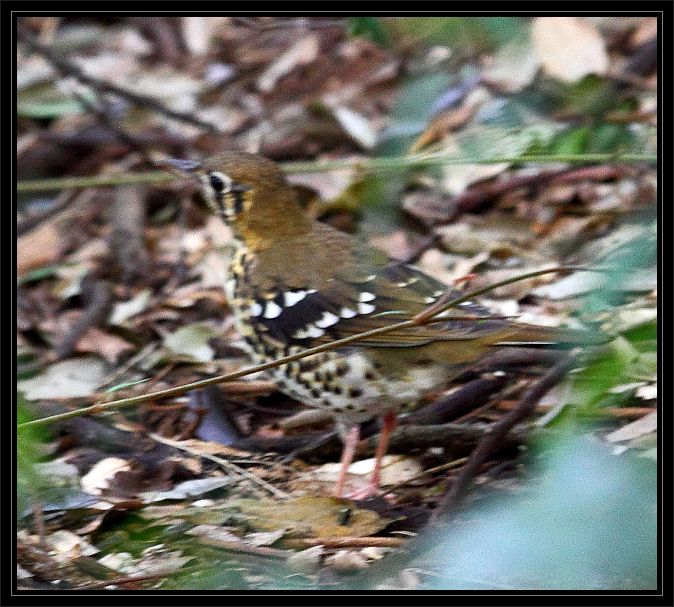
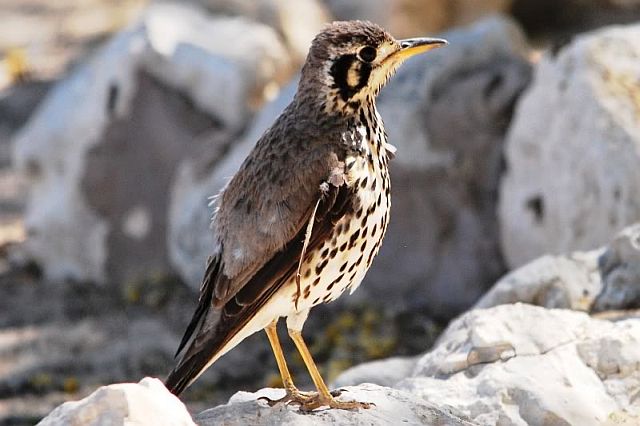
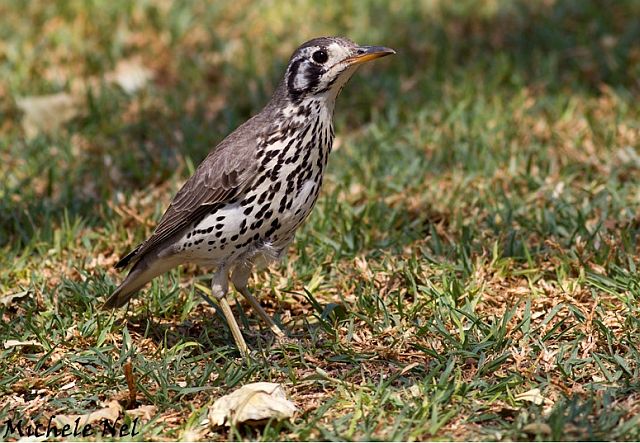 © Michele Nel
© Michele Nel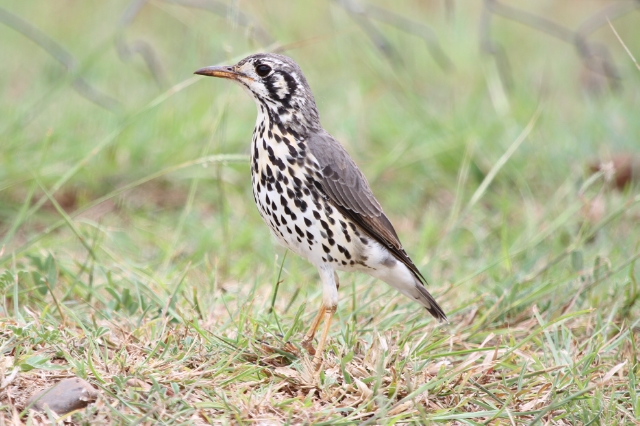 © Tina
© Tina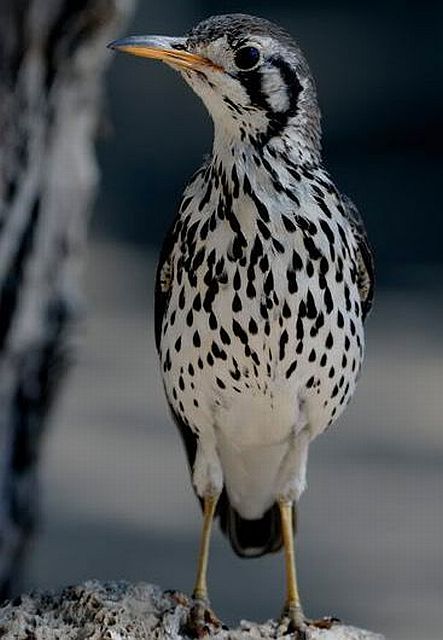 © Dewi
© Dewi
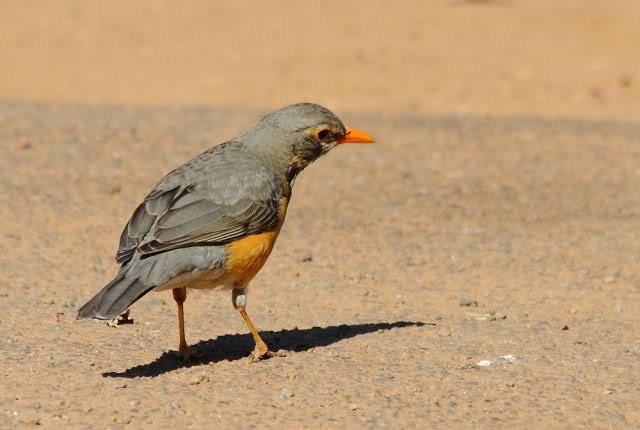 © Flutterby
© Flutterby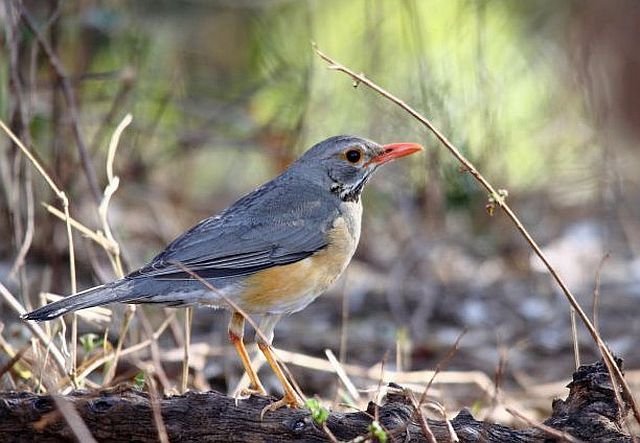 © Flutterby
© Flutterby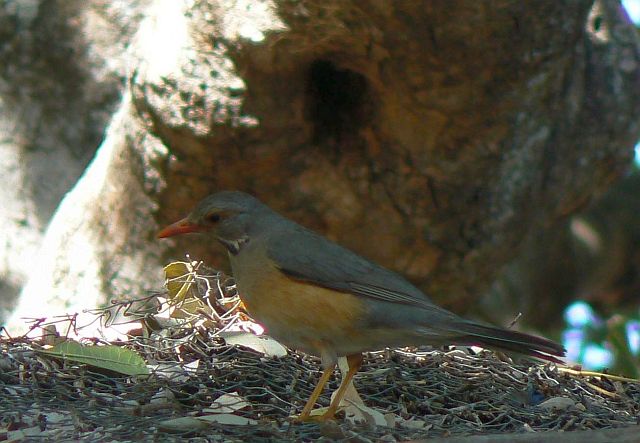 © Toko
© Toko © pooky
© pooky
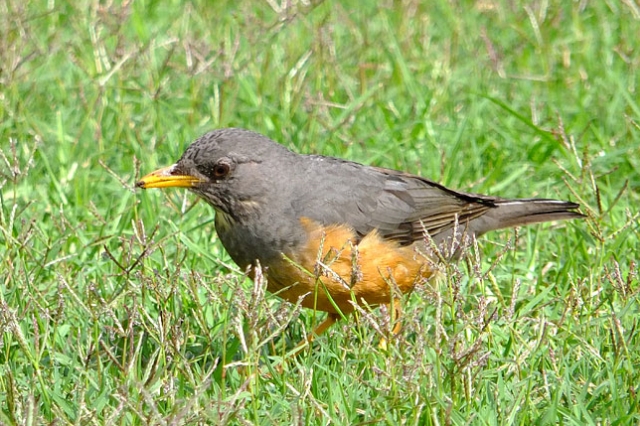 © PJL
© PJL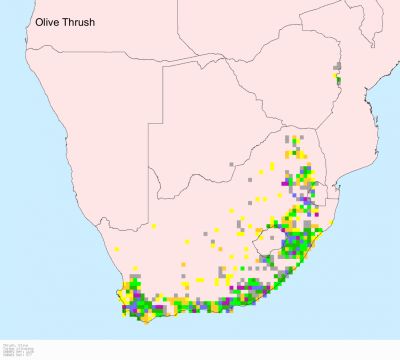
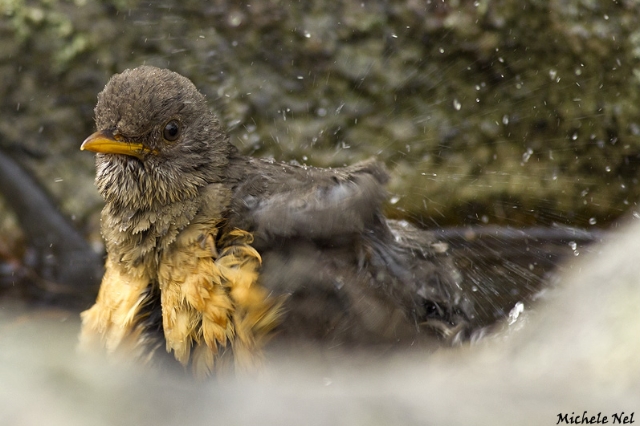 © Michele Nel
© Michele Nel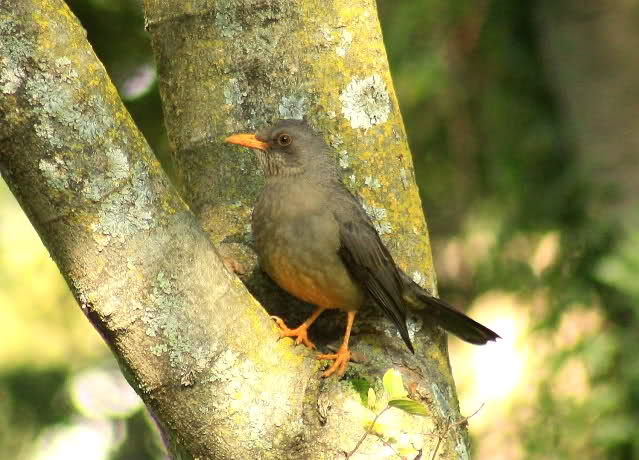 © Flutterby
© Flutterby © steamtrainfan
© steamtrainfan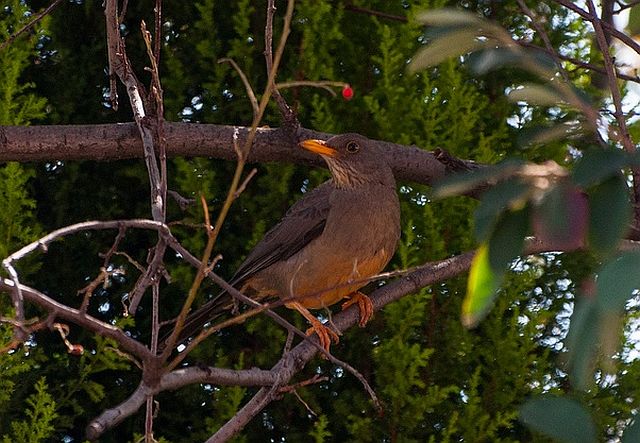 © steamtrainfan
© steamtrainfan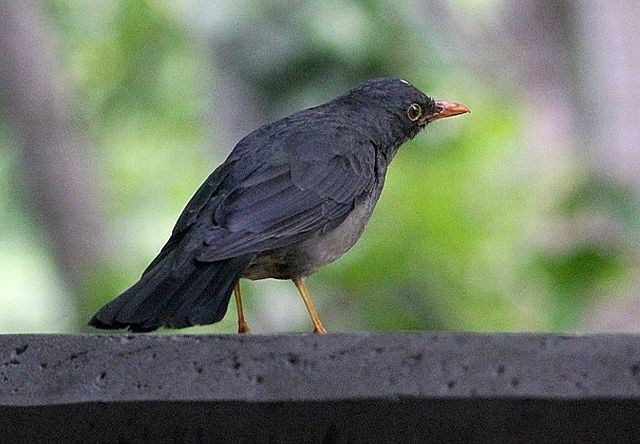 © Amoli
© Amoli